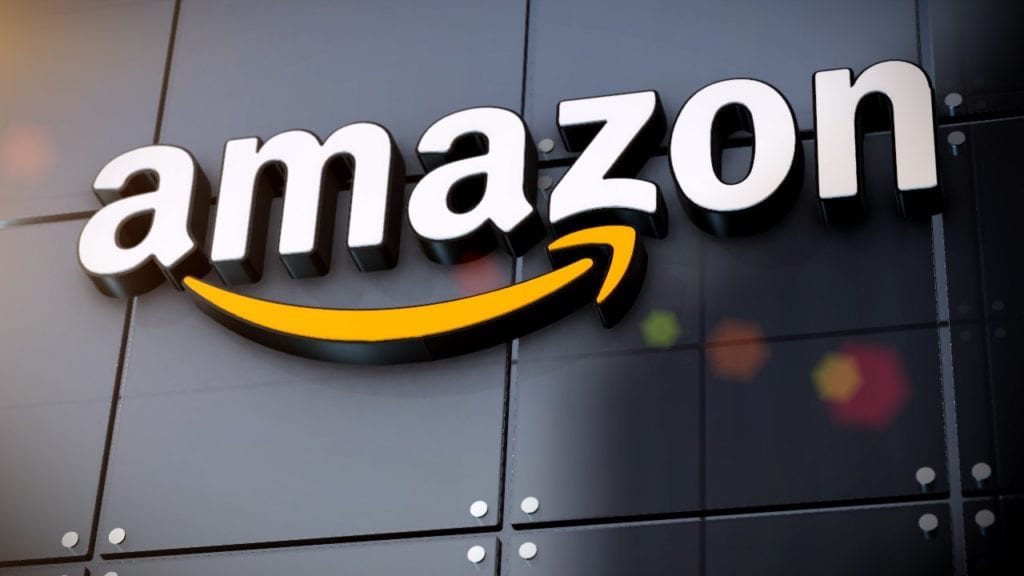Amazon’s customer obsession and growth get a lot of attention. Since our company was founded 26 years ago, we’ve expanded beyond the U.S. and launched new business lines within retail, as well as in cloud computing, devices, entertainment, and other industries.
Our growth has been driven by Amazon’s focus on providing customers selection, convenience, low prices, speedy delivery, and great customer service. We’re grateful for our customers’ feedback and the trust they’ve placed in us. We’re also proud that Amazon has created more jobs in the U.S. over the past decade than any other company—over 600,000 full and part-time jobs across 40 states (and more than 700,000 indirect jobs in fields like construction, building services, and hospitality).
While Amazon is no doubt a significant company, we are fortunate to operate in some of the largest global markets in the world, including the nearly $24 trillion global retail market and the multi-trillion dollar global enterprise technology market, among others. Amazon is a valuable company because we have been successful within these massive industries, but we remain a small part of these large and diverse markets. In fact, there are so many retail options that, despite Amazon’s success, the company makes up just 1% of global retail sales and 4% of U.S. retail sales.
As a new report from GlobalData underscores, retail is a large and unconcentrated market. For comparison, in the U.S., the top five biggest companies in banking represent 39.1% of deposits; the top five airlines represent 71.7% of industry revenue; and the top five mobile providers represent 95.6% of industry revenue. While in retail, the top five retailers represent just 19.9% of industry revenue, according to GlobalData.
GlobalData’s research also refutes the fallacy that physical retail and online retail are distinct markets. It finds that consumers regularly swap between channels for different purchases and even within the journey of a single purchase—searching for a product in store, paying for it online, and then picking it up at a store. This means that retailers are competing for customers through interchangeable physical and digital channels. Like almost every other segment of our economy, technology is used everywhere in retail and has only made retail more competitive, whether online, in physical stores, or in the various combinations of the two that make up most stores today. All retailers are acutely aware that, regardless of how the best features of “online” and “physical” stores are combined, we are all competing for and serving the same customers.
Since the start of the COVID-19 pandemic, many retailers are thriving—and most have seen soaring multichannel sales, with orders made online and picked up at curbside spiking nearly 250% in the U.S. Best Buy grew online sales by 250%, Target by 195%, Lowe’s by 135%, Kroger by 127%, and Walmart by 97%—with customers often picking up their online purchases in these physical stores. In response to this trend, retailers are expanding their multi-channel capabilities to meet demand, and GlobalData expects consumers to continue to utilize multi-channel services even more in the future. GlobalData also found that online channel transactions are smaller than many people think. In the U.S., at the peak of the pandemic, only about 20% of retail purchases were transacted online—with more than one third of those transactions driven or supported by physical channels, such as curbside pickup or in-store returns.
Unlike other industries that are “winner-take-all,” retail is a healthy sector with lots of big, established players thriving both through physical and online channels. In the U.S. alone, more than 80 retailers earn over $1 billion in annual revenue. Despite Amazon’s growth and investments to attract and retain customers, we aren’t the largest U.S. company or the largest U.S. retailer (Walmart’s revenues are more than double those of Amazon’s). Amazon also competes against large, established companies like Target and Costco, as well as many other household names such as Kroger in grocery, Home Depot in home improvement, and BestBuy in electronics. The same holds true in other countries: Tesco is larger than Amazon in the UK; Edeka is larger in Germany; and Carrefour is larger in France.
Competition in retail is also being driven by more large retailers welcoming third-party sellers into their stores—and these independent businesses bring consumers added selection and low prices. In addition to Amazon, independent small businesses now sell in online stores from Walmart, Target, eBay, Etsy, and others, and they can use fast-growing services like Shopify to serve customers through online and physical channels directly. Both buyers and sellers have more choices than ever before. At Amazon, we welcome this competition. It sharpens our focus. It feeds our creativity. And fuels our drive to innovate for customers.






